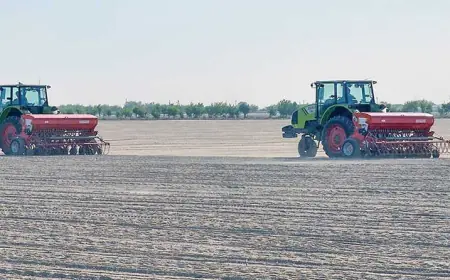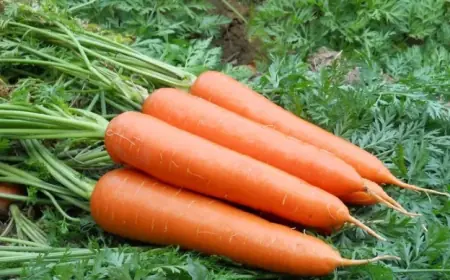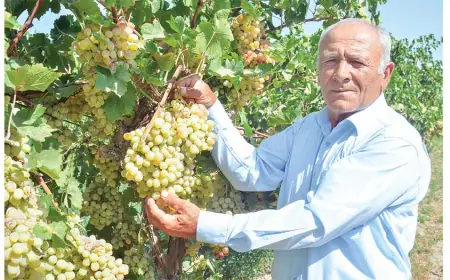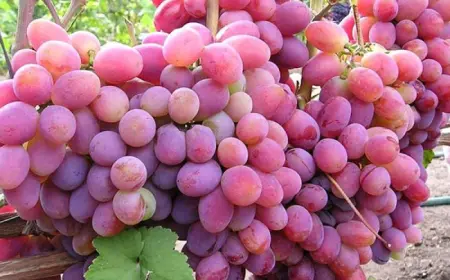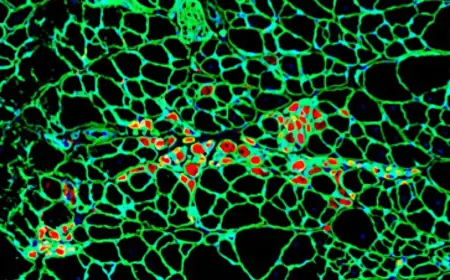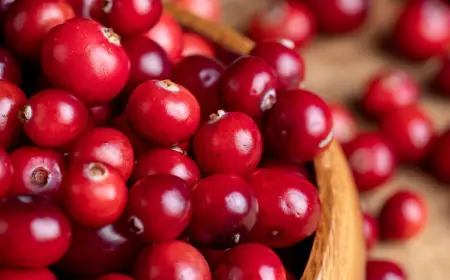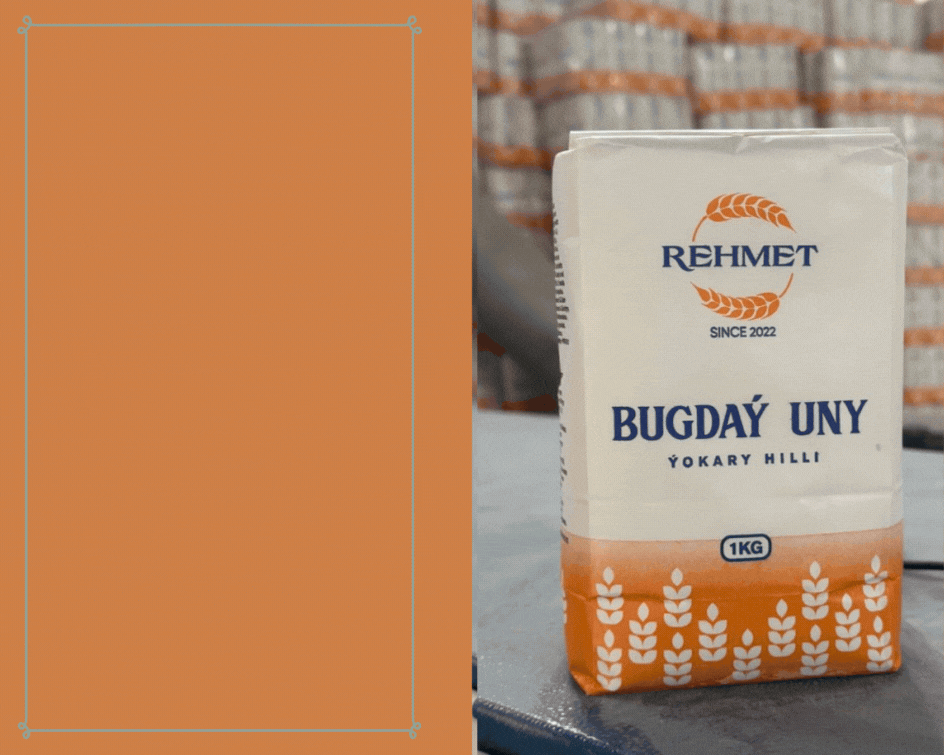Rice: A Key Foundation of Food Security
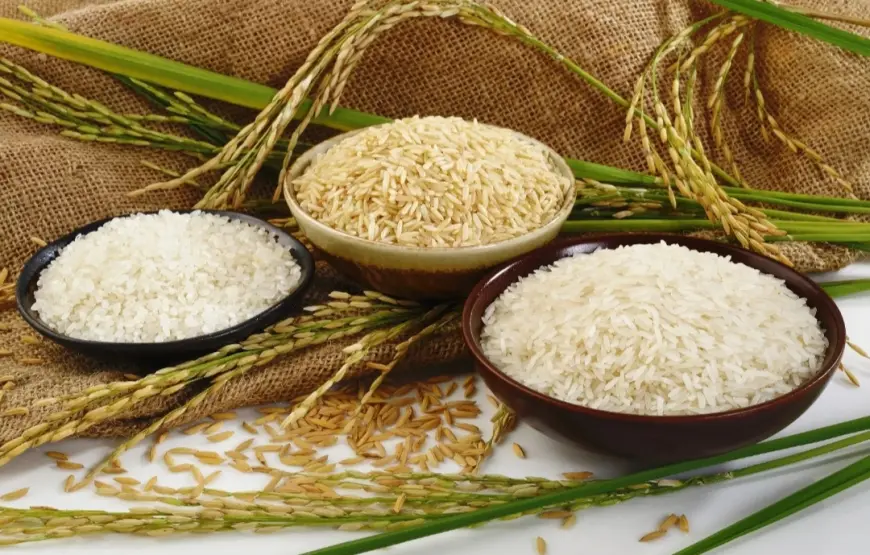
Rice farming is an important pillar of our country’s food security, agricultural production, and the livelihood of rural residents. Therefore, developing and cultivating rice using scientifically based agrotechnical methods and managing it efficiently holds special significance.
Rice is one of the main food crops, and increasing its yield plays a crucial role in ensuring food security in the country. Rice grains contain essential proteins, starch, fats, beneficial amino acids, various minerals, and vitamins B1, B2, and B6, which are necessary for human health. The husk contains 13–14% protein, indicating its nutritional value.
Features of rice as a crop
Rice has high agricultural importance. It grows well and yields abundantly even in slightly saline soils. This also helps restore saline lands and reuse them for farming. With timely agrotechnical measures, rice can produce over 100 centners (approximately 10 tons) per hectare.
Scientific research and locally adapted varieties
Currently, scientists at the Grain Research Institute of the Ministry of Agriculture of Turkmenistan are successfully developing, testing, and introducing high-yield and high-quality rice varieties into production.
The rice varieties introduced into production include “Uzros-59,” “Nöküs-2,” “Karakalpakstan,” “Avangard,” “Tolmas,” and “Bereket.” At present, the varieties “Uzros-59,” “Nöküs-2,” “Avangard,” and “Bereket” are widely cultivated.
Planting and agrotechnical practices
In Turkmenistan, rice is planted in spring in the Dashoguz region and in summer in the Lebap region, resulting in high-quality yields. Currently, agrotechnical measures such as irrigation and additional fertilization are carried out in the rice fields.
Annual irrigation norms for rice depend on the growth stage of the variety and soil composition and range between 22,000 and 28,000 cubic meters per hectare. When irrigating, the water depth should initially be 10–15 cm, then increase to 20–25 cm. After sowing, the fields are flooded with water to a depth of 8–10 cm, which is maintained for 8–10 days.
When the seeds germinate and 1–2 leaves appear, it is recommended to reduce the water depth to 3–5 cm. Irrigation stops as the harvest approaches. Sudden cessation of watering can cause plants to fall over, so water should be reduced gradually.
Modern fertilization and its effect on growth
From the beginning of the growth stage, rice has a high demand for nutrients, which increases further during tillering and heading. Therefore, rice is fertilized twice with mineral fertilizers:
1st time — during tillering
2nd time — 15–20 days after the first
Each time, per hectare:
150 kg of urea
250 kg of superphosphate
If urea is insufficient, ammonium nitrate can also be effectively used during the second fertilization.
Harvesting: preparation and methods
To ensure smooth operation of combines, the edges of the fields should be leveled. Temporary ridges and furrows inside the fields must also be smoothed.
If the rice grains have matured well, harvesting is done by direct combine harvesting. Rice sown after wheat harvesting usually matures between October 1 and 25, and is harvested during this period.




